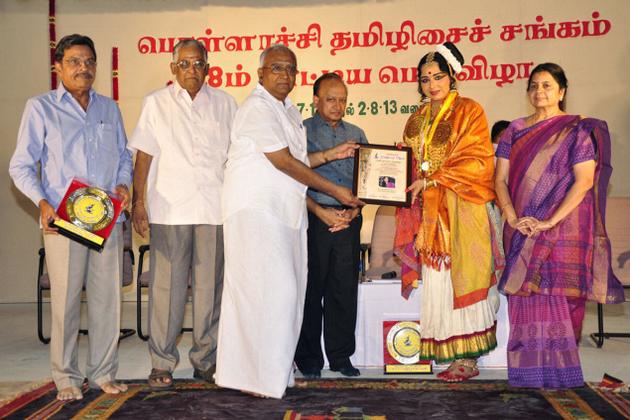
The 28 dance festival organised by Pollachi Tamizh Isai Sangam brought together myriad dance forms on one stage.
The new auditorium at N.G.M. College, Pollachi, reverberated with the delightful sounds of music and anklets for seven days as Pollachi Tamizhisai Sangam brought together various styles of Indian classical dance for its 28th dance festival. Gopika Varma, renowned Mohiniyattom dancer and director of ‘Dasyam’ dance school, Chennai, was honoured with the title ‘Nattiya Kalai Sudar’ on the inaugural day. This was followed by her dance presentation along with her disciples.
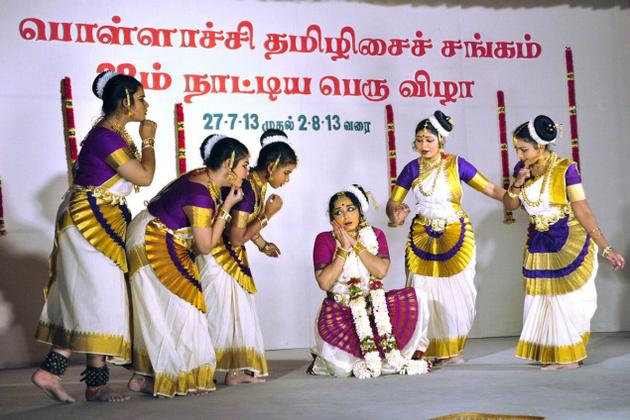
On one of the days, K.M. Jayakrishnan (sponsored by the Tamil Nadu Iyal, Isai and Nadaga Mandram), put up a sprightly performance. His abhinaya and footwork reflected his training at Kalakshetra. Depth of knowledge and mastery of technique were evident in the choreography. The meaning of the phrase ‘Shivena Saha Modhate’ (from Siva Panchaksharam) came alive beautifully as he depicted the kundalini’s rising and reaching the ‘sahasraara chakra’, resulting in complete bliss.
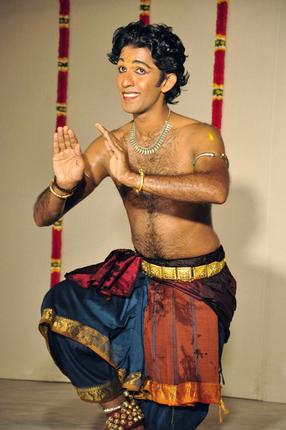
Jayakrishnan had not included extensive sancharis for his varnam ‘Chalemela Jesevayya’ in Nattakurinji. But, the sanchari for ‘Enna Punniyam Seidheno’ by Oothukkadu Venkatakavi, describing Ekalavya’s gurubhakti made up for that. The way Ekalavya shaped his guru’s image from clay, his utter faith in his guru, his joy when he saw him in person and the promptness with which he cut off his right thumb and placed it at Drona’s feet as gurudakshina carried the spectators to another era. The orchestra was satisfactory. The introduction was neither adequate nor impressive.
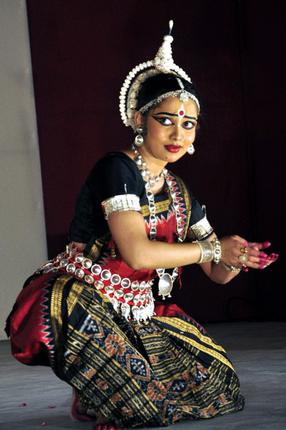
Shatabdi Mallik and her disciples exhibited grace and speed during their Odishi performance. Dressed in traditional Odishi headgear and silver jewellery, Shatabdi nimbly flitted across the stage, using her body as a willing medium for expressing her art. Her face seemed to pour out emotions effortlessly and her piece on ‘Navarasa,’ choreographed by Guru Deb Prasad Das, was a visual treat. She brought ‘hasya’ along with ‘veer’ rasa while depicting the lifting of Siva’s bow during Sita’s swayamvaram. Her masterpiece was the depiction of karuna rasa. The suffering of the wounded bird and the protagonist’s sympathy for the bird were portrayed vividly. After the Ashtapadi, ‘Lalitha Lavanga,’ Shatabdi and her disciples concluded with ‘Moksha,’ a dance item that prays for peace and welfare to all.
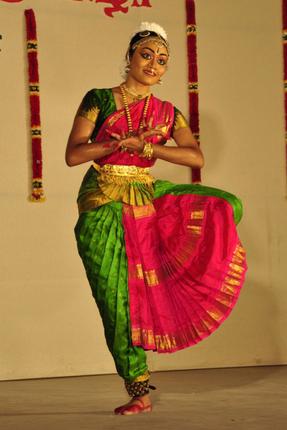
Stupendous task
‘Inidhe, Tamizh Inidhe’ a Bharatanatyam performance comprising Tamil songs with excerpts from the Thevaram, Silappathikaram, Bharatiar’s songs and Arunagirinathar’s Tiruppugazh was presented byYazhini, disciple of Himaja Ramsharan, Chennai. Her varnam ‘Mangaiyar Potrum Maathavappudhalvi,’ composed by Sikkil B. Balasubramanian narrated the story of Kovalan and Kannagi. Himaja’s brief but comprehensive introduction lent strength to Yazhini’s performance. It is a stupendous task to narrate the whole story of Silappathikaram in a varnam, but the composer had succeeded in doing it and Himaja had strengthened it with her choreography.
Yazhini’s dance showed she had learnt well, but she has to internalise the craft and present it in her style. The padam ‘Chinnanjiru Kiliye’ could have been livelier. Himaja’s nattuvangam was majestic and the orchestra comprising Latha Ramchand (vocal), Mayuram J. Shankar (mridangam), Sikkil B. Balasubramanian (violin) and P.V. Ramana (flute) was impressive.
S.M. Sowjanya and R.K. Krithi (Guru- Jayanthi Ramachandra), Dr. P. Ramadevi and disciples,Rajashri Gopinath (Guru- Lalitha Ganapathy), Sinni Joshi, (Guru- Padmini Ramachandran),Ramya Venkataraman (Guru-Dr. Padma Subrahmanyam) and Aniruddha Knight were the other artists who performed on the first four days.
B. Ramadevi
source: http://www.thehindu.com / The Hindu / Home> Features> Friday Review> Dance / by B Ramadevi / Chennai – August 15th, 2013